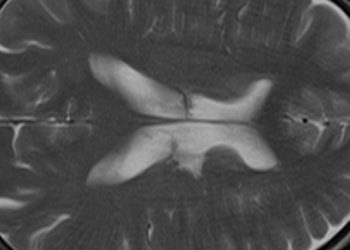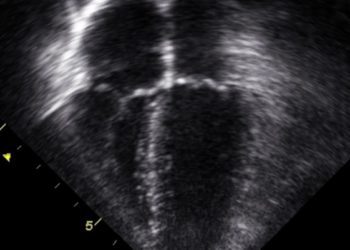Monocyte-to-HDL ratio may be an indicator of poor endothelial dysfunction in diabetics
1. This cross-sectional study is the first to identify the monocyte-to-HDL ratio (MHR) as an indicator of poor endothelial dysfunction in a sample of diabetic patients.
Evidence Rating Level: 2 (Good)
Endothelial disruption and damage are common sequelae of diabetes, leading to downstream microvascular and macrovascular complications that are often devastating and contribute to a great deal of morbidity and mortality for diabetic patients. Flow-mediated dilation (FMD) is a tool that assesses the extent of damage to endothelial cells, and has been used to monitor the progression of endothelial dysfunction in diabetic patients. Literature indicates that endothelial function is impacted by glucose presence in the blood due to its effects on the inflammatory response (which is largely mediated by monocytes and macrophages). On the other hand, there is also literature to suggest that the presence of high-density lipoproteins (HDLs) in the blood can improve endothelial function by decreasing the expression of adhesion molecules that are active in inflammation and atherosclerosis. Thus, the monocyte-to-HDL Cholesterol ratio (MHR) was studied to ascertain whether it could be used as a biomarker for vascular endothelial dysfunction. The current cross-sectional study included 193 diabetic patients with endothelial dysfunction (FMD scores above the cutoff of 6.4%; mean age 66.6 years). They were found to be older than their non-dysfunctional counterparts (with a mean age of 63.0 years), and displayed higher rates of systolic and diastolic hypertension (ps < .05). The MHR in the group with endothelial dysfunction was significantly higher than their non-dysfunctional counterparts (p = .009). The difference was not found in HDL-C levels, but rather in the monocyte levels, which were significantly higher in those with endothelial dysfunction (p = .002). After adjusting for sex, age, BMI, disease course, hypertension, smoking, alcohol consumption, hemoglobin-A1C, C-reactive protein, and triglyceride levels, each 10% increase in MHR resulted in a 35% increase in endothelial dysfunction (OR 1.35, 95% CI 1.02-1.77). This study should be replicated in a larger sample across several centers to verify its effectiveness as a biomarker for endothelial dysfunction, but provides a promising and potentially convenient measure to be used to risk-stratify diabetic patients.
Click to read the study in Journal of Diabetes Research
Image: PD
©2024 2 Minute Medicine, Inc. All rights reserved. No works may be reproduced without expressed written consent from 2 Minute Medicine, Inc. Inquire about licensing here. No article should be construed as medical advice and is not intended as such by the authors or by 2 Minute Medicine, Inc







